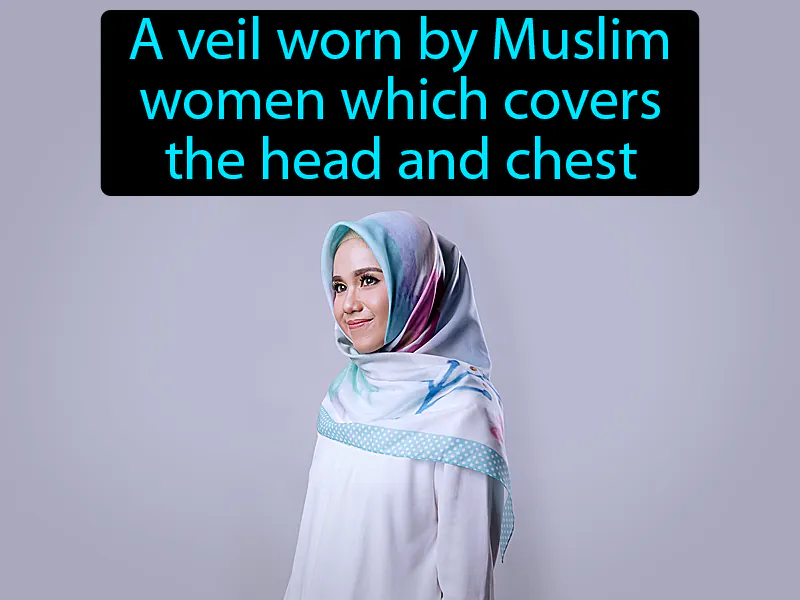Hijab
Hijab: Easy to understand
The hijab became particularly significant in the period after 1945 as many Muslim-majority countries gained independence from colonial powers. It symbolized cultural identity, religious faith, and resistance to Western influence for many Muslim women. During the Iranian Revolution of 1979, for example, the hijab became a powerful symbol of political and religious expression. Today, the hijab still represents personal faith and cultural identity for millions of Muslim women worldwide. In countries like France, where wearing the hijab in public spaces has been legally restricted, debates continue about religious freedom and women's rights, highlighting the hijab's ongoing relevance in discussions about identity and autonomy.

Practice Version

Hijab: A veil worn by Muslim women which covers the head and chest. Hijab. Historically, the hijab has been used to signify modesty and privacy in various Islamic cultures.